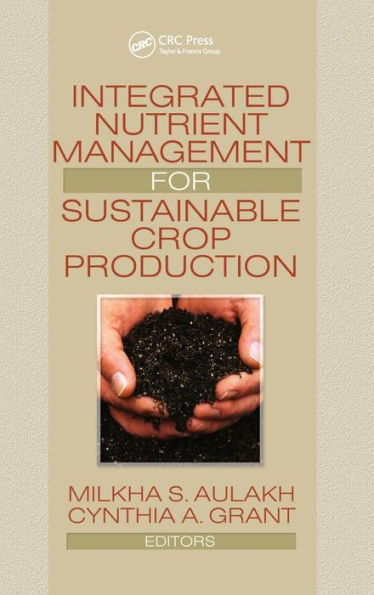5
1
9781560223047



Integrated Nutrient Management for Sustainable Crop Production / Edition 1 available in Hardcover, Paperback

Integrated Nutrient Management for Sustainable Crop Production / Edition 1
- ISBN-10:
- 1560223049
- ISBN-13:
- 9781560223047
- Pub. Date:
- 02/25/2008
- Publisher:
- Taylor & Francis
- ISBN-10:
- 1560223049
- ISBN-13:
- 9781560223047
- Pub. Date:
- 02/25/2008
- Publisher:
- Taylor & Francis

Integrated Nutrient Management for Sustainable Crop Production / Edition 1
$350.0
Current price is , Original price is $350.0. You
350.0
In Stock

Product Details
| ISBN-13: | 9781560223047 |
|---|---|
| Publisher: | Taylor & Francis |
| Publication date: | 02/25/2008 |
| Pages: | 624 |
| Product dimensions: | 6.00(w) x 9.00(h) x (d) |
About the Author
What People are Saying About This
From the B&N Reads Blog
